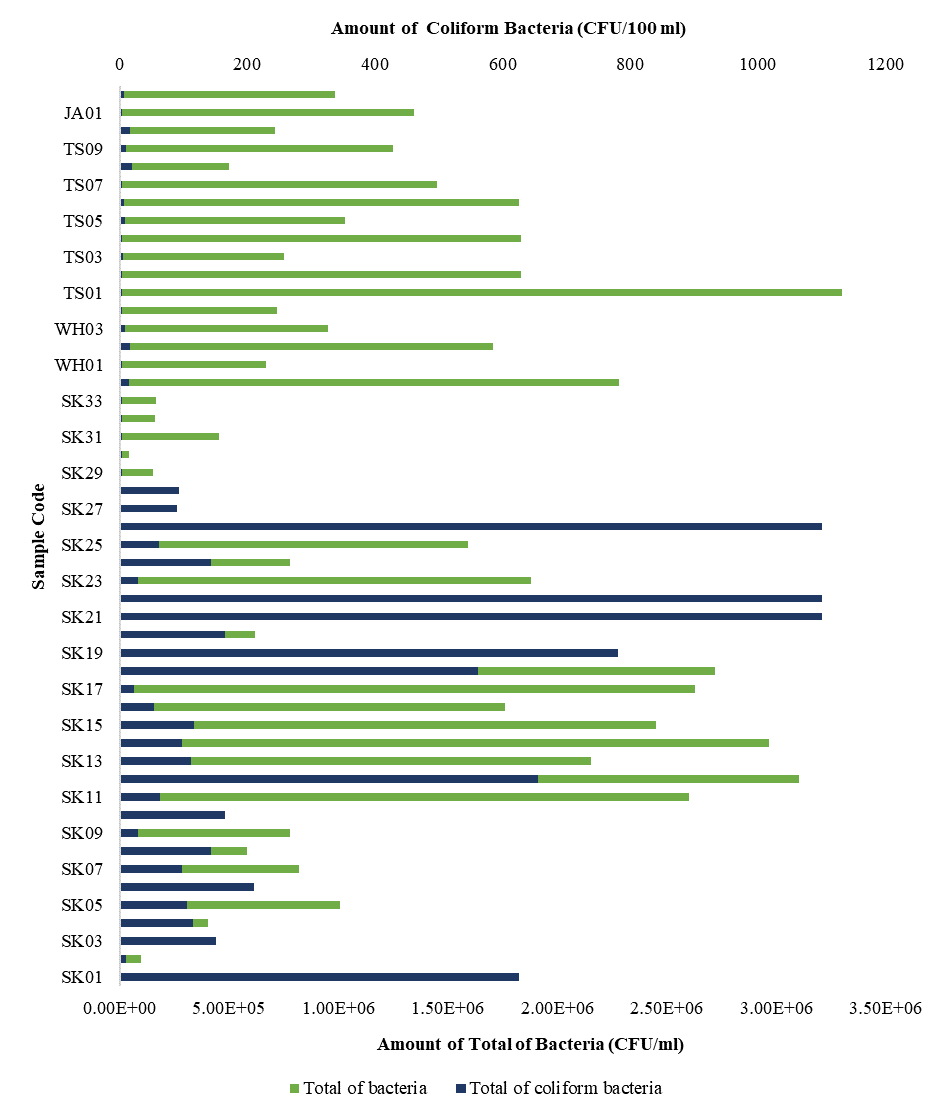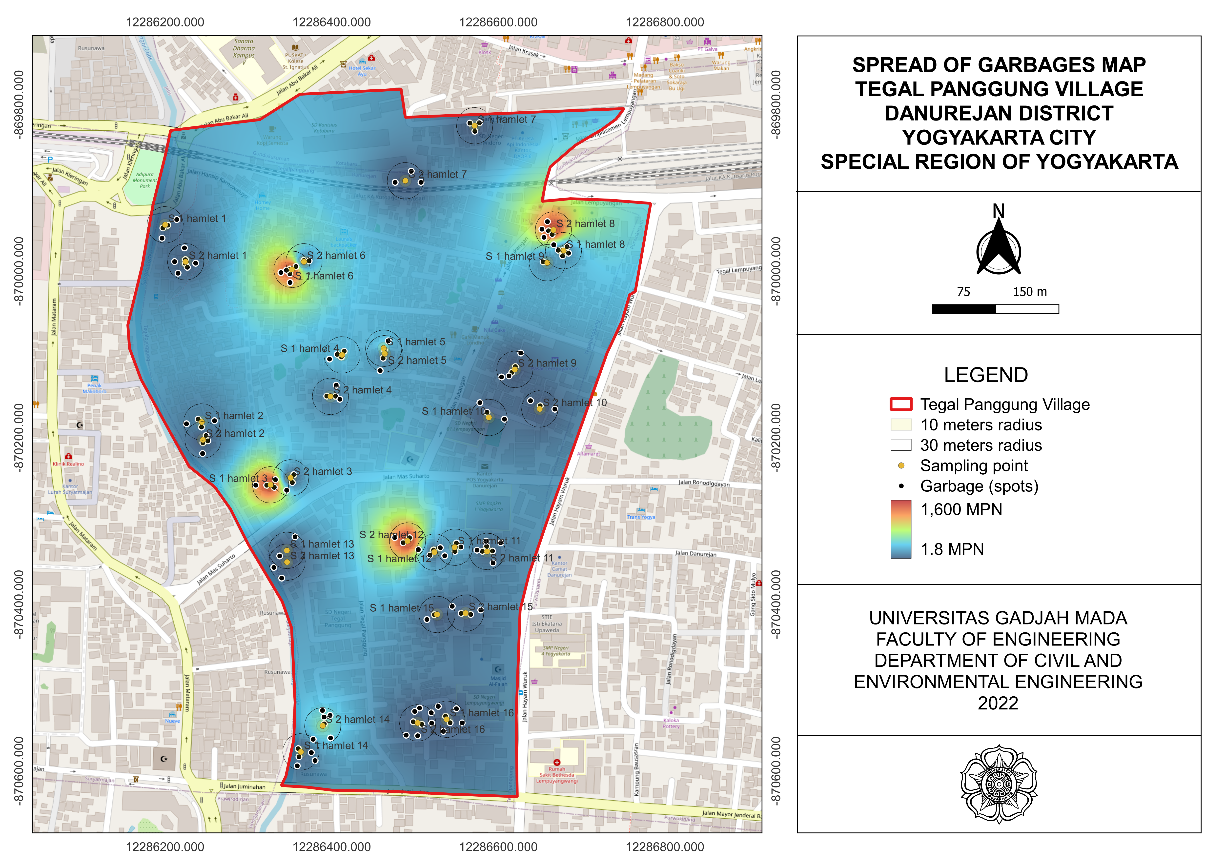Risk Difference Analysis for Dry Eye Incident in State University of Surabaya Swimming Sub Laboratory
Downloads
Burhanudin, I. (2015). Analisis Klorin Terhadap Keluhan Iritasi Mata Pada Pengguna Kolam Renang Pemerintah di Jakarta tahun 2015. Skripsi. Jakarta: UIN Syarif Hidayatullah.
Carnt, N., Samarawickrama, C., White, A., & Stapleton, F. (2017). The diagnosis and management of contact lens"related microbial keratitis. Clinical and Experimental Optometry, Vol. 100, No. 5, 482-493. https://doi.org/10.1111/cxo.12581
Centers for Disease Control and Prevention . (2018). 2018 Annex to the Model Aquatic Health Code Scientific and Best Parctice Rationale. Atlanta: U.S Departement of Health and Human Services.
Centers for Disease Control and Prevention. (2018). Healthy Swimming Disinfection & Testing . Centers for Disease Control and Prevention: https://www.cdc.gov/healthywater/swimming/residential/disinfection-testing.html
Cita, D. W., & Andriyani , R. (2013). Kualitas Air dan Keluhan Kesehatan Pengguna Kolam Renang di Sidoarjo. Jurnal Kesehatan Lingkungan Vol. 7, No. 1, Juli, 26-31.
Connolly, J. (2014). Drowning: The First Time Problem . International Journal of Aquatic Research and Education, Vol. 8, No. 1, January, 66-72.
Galor, A., Feuer, W., Lee, D. J., Florez, H., Carter, D., Pouyeh, B., Perez, V. L. (2011). Prevalence and Risk Factors of Dry Eye Syndrome in a United States Veterans Affairs Population. American Journal of Ophthalmologi, Vol. 154, No. 2, September, 377-384. https://10.1016/j.ajo.2011.02.026.
Galor, A., Kumar, N., Feuer, W., & Lee, D. J. (2014). Environmental Factor effect the Risk of Dry Eye Syndrome in a United States Veteran Population. Ophthalmology, Vol. 121, No. 4, Januari, 972-973. https://10.1016/j.ophtha.2013.11.036.
Harariet, F., Darmiah , & Santoso, I. (2017). Hubungan Jumlah Perenang dengan Kandungan Sisa Klor pada Air Kolam Renang . Jurnal Kesehatan Lingkungan : Jurnal dan Aplikasi Teknik Kesehatan Lingkungan, Vol. 4, No. 1, 375-382. https://ejournal.kesling-poltekkesbjm.com.
Henderson , R., & Madden , L. (2013). Dry Eye Management. Optometry in Practice, Vol. 14, No. 4, October, 137-146. https://www.researchgate.net/publication/261556875_Dry-eye_Management.
Herawati, D., & Yuntarso, A. (2017). Penentuan Dosis Kaporit Sebagai Desinfektan dalam Menyisihkan Konsentrasi Ammonium pada Air Kolam Renang. Jurnal SainHealth, Vol. 1, No. 2, September, 66-74. https://journal.umaha.ac.id.
Hlavsa, M. C., Cikesh, B. L., Roberts, V. A., Kahler, M. A., Vigar, M., Hilborn, E. D., . . . Yoder, J. S. (2018). Outbreaks Associated With Treated Recreational Water United States, 2000-2014. Am J Transplant, Vol. 18, No. 7, July, 1815-1819. https://10.1111/ajt.14956.
Istikomah , M. N., Budiyono , & Darundiati , Y. H. (2018). Efektivitas Variasi Dosis Kalsium Hipoklorit (Ca(ClO)2) dalam Menurunkan Koloni Salmonella sp dan Bakteri Coliform pada Limbah Cair Rumah Potong Hewan Penggaron Semarang. Jurnal Kesehatan Masyarakat, Vol. 6, No. 2, April, 133-142. https://ejournal.undip.ac.id.
Kementerian Pemuda dan Olahraga Republik Indonesia. (2014). Penyajian Data dan Informasi Kepemudaan dan Keolahragaan. Jakarta : Kementerian Pemuda dan Olahraga.
Korb D., & Blackie C. (2013). Using Goggles to Increase Periocular Humidity and Reduce Dry Eye Symptoms. Eye & Contact Lens: Science & Clinical Practice, Vol. 39, No. 4, Maret, 273-276. https://10.25035/ijare.08.01.07.
Lapau, B., & Birwin , A. (2017). Prinsip & Metode Epidemiologi. Depok: Kencana.
Lee, A. J., Lee, J., Saw, S. M., Gazzard, G., Koh, D., Widjaja, D., & Tan, D. T. (2002). Prevalence and Risk Factors Associated with Dry Eye Symptoms: A Population Based Study in Indonesia . Br J opthalmol, Vol. 86, No. 1, December, 1347-1351. https:// 10.1136/bjo.86.12.1347.
Moon , J. H., Kim , W. K., & Moon , N. J. (2016). Smartphone Use is a Risk Factor for Prdiatric Dry Eye Disease According to Region and Age: a Case Control Study. BMC Ophthalmology, Vol. 16, No. 1, October, 1-7. https://10.1186/s12886-016-0364-4.
Mubarak , A. S., Tias, D. T., & Sulmartiwi, L. (2009). Pemberian Dolomit pada Kultur Daphnia spp. Sistem Daily Feeding Pada Populasi Daphnia Spp. dan Kestabilan Kualitas Air. Jurnal Ilmiah Perikanan dan Kelautan, Vol. 1, No. 1, April, 67-72. https://dx.doi.org/10.20473/jipk.v1i1.11700.
Pertiwi, E. D. (2018). Kualitas Kimia Air Kolam dan Hubungan Perilaku Pengguna Kolam Renang terhadap Kejadian Dry Eyes Syndrome di Kolam Renang TWS Padangan, Bojonegoro. Jurnal Kesehatan Lingkungan, Vol. 10, No. 4, Oktober, 385-393. http://dx.doi.org/10.20473/jkl.v10i4.2018.385-393.
Rahmawati, N. (2018). Keluhan Iritasi Mata Perenang di Kolam Renang. Higeia Journal of Public Health Research and Development, Vol. 2, No. 3, July, 465-475. https://doi.org/10.15294 /higeia/v2i3/23128.
Rasmini, N. W., & Parti , I. K. (2015). Perencanaan dan Sistem Kontrol Motor Pompa Kolam Renang . Jurnal Logic, Vol. 5, No. 3, November, 171-175. http://ojs.pnb.ac.id.
Rozanto , N. E., & Windraswara, R. (2017). Kondisi Sanitasi Lingkungan Kolam Renang, Kadar Sisa Klor, dan Keluhan Iritasi Mata. Higiea Journal of Public HEalth Research and Development, Vol. 1, No. 1, January, 89-95. https://journal.unnes.ac.id.
Said, N.I. (1999). Kesehatan Masyarakat dan Teknologi Peningkatan Kualitas Air. Jakarta : Badan Pengkajian dan Penerapan Teknologi.
Smith, A. J., Albeitz, J., Begley, C., Caffery, B., Nicholas, K., Schaumberg, D., & Schein, O. (2007). The Epidemiology of Dry Eye Disease: Report of the Epidemiology Subcommittee of the International Dry Eye Workshop. The Ocular Surface, Vol. 5, No. 2, April, 93-107. https://www.ncbi.nlm.nih.gov.
Talita, S., Nurjazuli, & Dangiran , H. L. (2016). Studi Kualitas Bakteriologis Air Kolam Renang dan Faktor-faktor yang Mempengaruhi di Kolam Renang Kota Semarang . Jurnal Kesehatan Masyarakat, Vol. 4, No. 5, Oktober. https://ejournal-s1.undip.ac.id
Tanbakouee, E., Ghoreishi, M., Amiri, M. A., Tabatabaee, M., & Mohammadinia, M. (2016). Photorefractive Keratectomy for Patients with Preoperative Low Schirmer Test Value. Journal of Current Ophthalmology, Vol. 28, No. 4, June, 176-180. https:// 10.1016/j.joco.2016.06.002
Wicaksono , B., Budiyono, & Setiani , O. (2016). Faktor Risiko Kejadian Iritasi Mata pada Pengguna Kolam Renang X di Kota Semarang . Jurnal Kesehatan Masyarakat, Vol. 4, No. 4, November, 852-858. https://ejournal-s1.undip.ac.id
World Health Organization. (2006). Guidelines for Safe Recreational Environmens. Geneva: WHO Press.
Zarzoso , M. L., Liana , S., & Soriana , P. (2010). Potential Negative Effect of Chlorinated Swimming Pool Attendance in Health of Swimmers and Associated Staff. Journal of Biology and Sport, Vol. 27, No. 4, September, 233-240. https://core.ac.uk
2. Formal legal provisions to access digital articles of electronic journal are subject to the provision of the Creative Commons Attribution-ShareAlike license (CC BY-NC-SA), which means that Jurnal Kesehatan Lingkungan is rightful to keep, transfer media/format, manage in the form of databases, maintain, and publish articles.
3. Published manuscripts both printed and electronic are open access for educational, research, and library purposes. Additionally, the editorial board is not responsible for any violations of copyright law.
JKESLING by UNAIR is licensed under a Creative Commons Attribution-ShareAlike 4.0 International License.







































